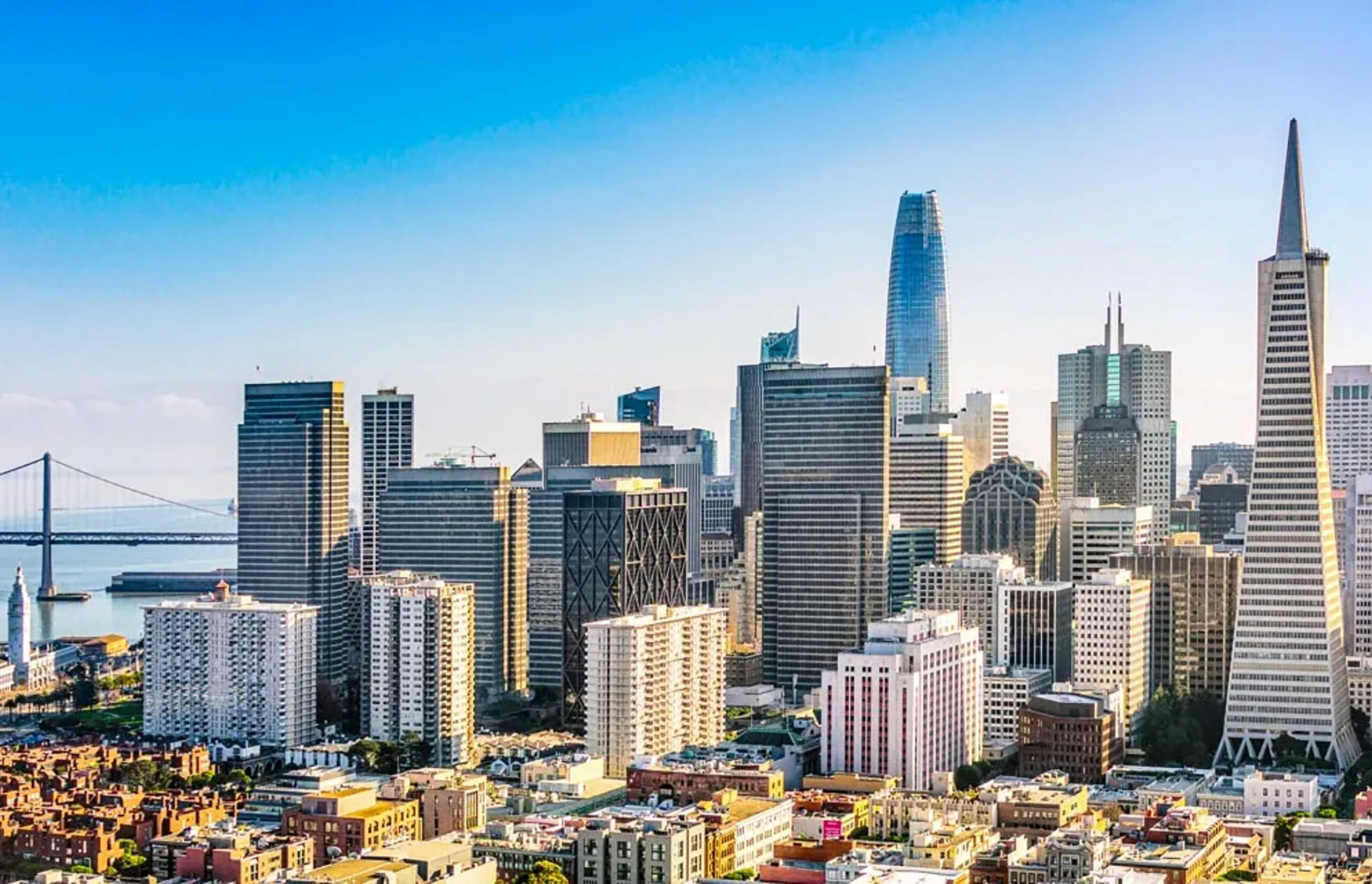
As financial markets ride a wave of instability and tariffs shake investor confidence, one sector appears unfazed: Bay Area housing.
Despite the CBOE Volatility Index soaring to levels last seen at the pandemic’s start, the region’s real estate market has surged into spring. Overbidding is rampant. Inventory is rising—but not fast enough. And buyers, both cautious and aggressive, are still writing offers.
In the first quarter, Bay Area home sales strengthened sharply. San Francisco saw an 8.5% year-over-year increase in transactions, and prices are up 2%, according to Redfin data. Homes across the region continue to move at double the national pace.
“Inventory levels have improved in the Bay Area, but the market varies greatly geographically,” said Hannah Jones, senior economic research analyst at Realtor.com. “Homes in the Bay Area tend to sell in less than half the time of a typical U.S. home.”
But that pace isn’t evenly distributed. San Francisco’s listing inventory ticked up just 7% year-over-year, with single-family homes comprising only about a quarter of new listings. Meanwhile, the inner East Bay—Oakland, Berkeley, Alameda, and nearby cities—saw a 48% increase in active and coming-soon listings, the highest April inventory in four years.
The biggest gains are coming from the high end of the market. In March, there were 104 sales over $5 million in the San Francisco and San Jose metro areas—an 82% jump from February and a 65% increase over the same month last year.
“Santa Clara [County] has been the main beneficiary of the AI boom and has had the most feverish market in the Bay Area and certainly among the most heated in the country,” wrote Patrick Carlisle, chief market analyst at Compass, noting a 115% year-over-year increase in luxury home sales in March.
In Palo Alto and Los Altos, median home prices have hit $4.2 million and $5.7 million, respectively. These homes are spending barely a week on the market.
“There was a feeling of gloom and concern last fall in San Francisco, but this spring no one is talking about the tech layoffs but rather about the explosive impact of AI on local growth,” Compass agent Nina Hatvany wrote. Still, she cautioned that the luxury segment is “fiercely seasonal,” and the current heat could fade as summer nears.
That optimism isn’t shared across the board. Market watchers have noted some buyers—especially those reliant on stock options—are showing signs of hesitation.
“We had an Apple employee pause his $2M Peninsula purchase to avoid selling his shares that have dropped 20% in a week,” said Don Cruz Datanagan, San Francisco district manager at Coldwell Banker Realty.
But outright retreat is rare. Many buyers, especially those with liquidity, are still entering bidding wars—and winning.
In San Francisco’s Sunset, Parkside, and Golden Gate Heights neighborhoods, 84% of listings sold above asking price in the past year.
“We just saw 100+ visitors at one of our Sunset District open houses, with multiple offers received,” wrote Datanagan.
This kind of activity isn’t unusual for the Bay Area, but the scale and pace feel intensified.
According to Redfin, San Jose leads the nation in the share of homes selling above asking, followed closely by Oakland and San Francisco. “The Bay Area not only has the highest share of homes selling above asking price, but is also seeing this trend increase faster than anywhere else,” Redfin’s report noted.
Much of this can be attributed to the region’s long-standing strategy of underpricing homes to ignite bidding wars. What’s changed now is how quickly buyers are moving—and how much higher the winning offers are climbing.
The question isn’t whether demand will continue—it’s whether the larger economy will interrupt the trend.
High mortgage rates remain a drag, but recent dips have offered brief windows of affordability. At the same time, stock market volatility and global trade tensions continue to cast a long shadow. Tariff policy shifts, particularly in the tech and materials sectors, could eventually feed into local sentiment.
But for now, the Bay Area housing market is charging ahead, riding a new wave of innovation—and a familiar pattern of scarcity.
Share this article: